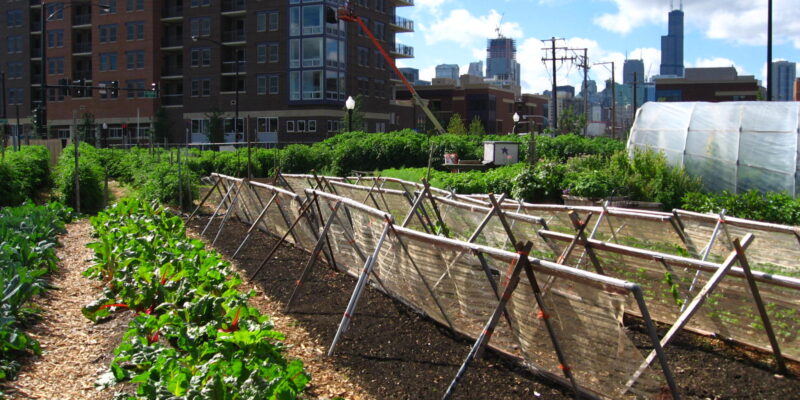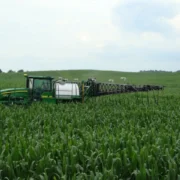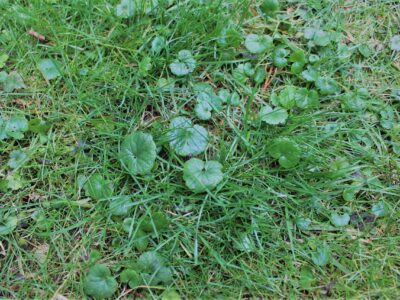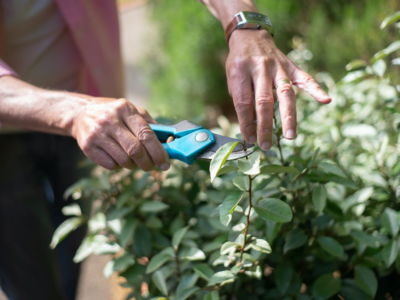Over 20% of the world’s food is produced by urban farms. According to the FAO, urban farms are 15 times more productive than rural land.
The sustainable urban agriculture market size is estimated at USD 213 billion in 2020. It is expected to grow at a CAGR of 2.8% during the forecast period of 2021-2026 to achieve a huge growth of $16.14 billion by 2027.
The reason for the accelerated urbanization is that by 2050, 80% of food will be consumed in cities.
If these statistics convince you that an urban vertical garden with a greenhouse LED grow light is a good idea, that’s great. Urban agriculture is becoming increasingly important due to lower transportation costs and the availability of fresh, nutritious products at competitive prices.
If you’re not convinced, why not read on to find out what impact urban agriculture has on health, society, the economy and the environment?
Health Benefits of Sustainable Urban Farming
Urban agriculture benefits both individuals and communities and therefore contributes to overall community health. Local agri-food systems provide a relatively safe and more locally controlled source of food.
Nutrition and Food Security
- Carefully tended small plots of land can produce quality vegetables, usually loose-leaf lettuce, herbs or brassicas. They are rich in fiber, cholesterol-free and a source of many nutrients.
- According to the U.S. Department of Agriculture, 1 in 7 Americans faces food insecurity, a number that includes more than 6 million children.
- Urban agriculture can help alleviate some of the stresses associated with food insecurity. For example, urban farms established in food deserts can become a source of nutritious food for residents of nearby cities.
- Higher quality food. In urban farming, you can finally control the following things: growing conditions, harvesting time, and using commercial greenhouse lighting to control the light your plants need. You want a carrot, but all the carrots in the grocery store are slightly broken. In a situation over which you have little control, you either buy a carrot that is not fresh or you buy nothing at all.
Active Lifestyle
- Gardening is the preferred form of exercise across the age range. Gardening can burn little or a lot of energy. Even moderate forms of garden exercise can increase muscle strength and endurance in people with reduced activity.
- Learn a unique gardening skill. According to the American Farm Bureau, only 2% of U.S. citizens have experience in agriculture. This means that horticultural farming skills are in the minority.
Psychological Well-being
- Working with plants, both outdoors and indoors, is beneficial to mental health, spirituality and an individual’s personal well-being.
- Health professionals use plants and horticultural materials to help people with different mental illnesses, helping them to develop social skills, and self-esteem, and use their leisure time.
- Horticultural therapy promotes a plant-human relationship to induce relaxation and reduce stress, fear and anger, blood pressure and muscle tension.
Economic Benefits of Sustainable Urban Agriculture
- Space Saving. Urban agriculture uses space very efficiently. Vertical farming is a perfect example. It grows as much produce on 1/10th of an acre of land as traditional agriculture requires 5 acres to produce.
- No need to worry about climate change. If you grow indoors in a controlled environment with plant lights, your growing season will not be limited by unpredictable weather conditions. Unexpected weather conditions such as low temperatures or droughts cost traditional agriculture billions of dollars in lost production each year.
- Correlation with socio-economic diversity. According to this study by the Food and Agriculture Organization of the United Nations, there is a correlation between the regional and socioeconomic diversity of urban agriculture projects because of the overlapping social, economic and ecological aspects of urban agriculture.
- Small urban agriculture companies are growing rapidly. Urban and vertical agriculture is experiencing triple-digit year-over-year growth. The vertical urban agriculture market is expected to grow by more than 384% over the next 5 years. Year-over-year growth of over 30.8%!
Environmental Benefits of Vertical Urban Farming
- Reduce greenhouse gas emissions. Some analyses have shown that bringing agriculture to cities has reduced food-related greenhouse gas emissions.
- Reduce the need for packaging. If you harvest your food from urban farms, you may be able to eliminate packaging altogether. Packaging is one of the most harmful environmental pollutants that exist on the planet. Consumer packaging is the largest source of plastic and paper waste, accounting for 20% of all landfill waste.
- Water conservation. Many of the growing methods popular in urban agriculture are much more water efficient than typical agriculture. Hydroponic systems can use up to 2/3 less water than is typically required for the same yield.
- Reduce food waste. Most food waste at the consumer level is due to the spoilage of products that have already been purchased. If you harvest only what you’re going to eat, you’ll waste much less.
- Air purification. Growing any type of plant in your home helps to purify the air. In fact, this phenomenon has been studied so intensively that we know that certain types of plants are better at purifying the air than others.
- Beautify the city. The sight of plants is aesthetically pleasing. One of the defining characteristics of any city is its architecture, so all the integration possibilities are a great advantage for urban planners and designers.
Conclusion
The above short introduction to the benefits of sustainable urban agriculture will hopefully help you if you are thinking of improving your soil-born farms urban agriculture & education project. Use urban farming technology (vertical farming technology) to create a better global sustainable environment.










Comments